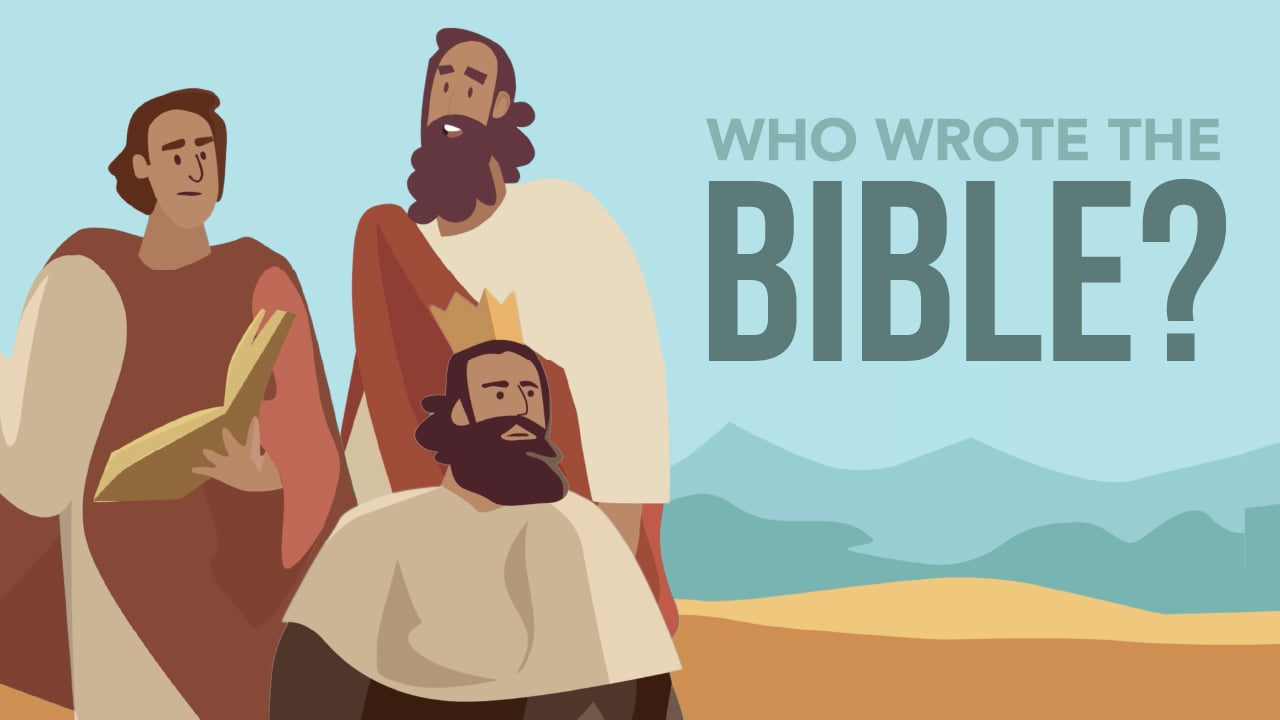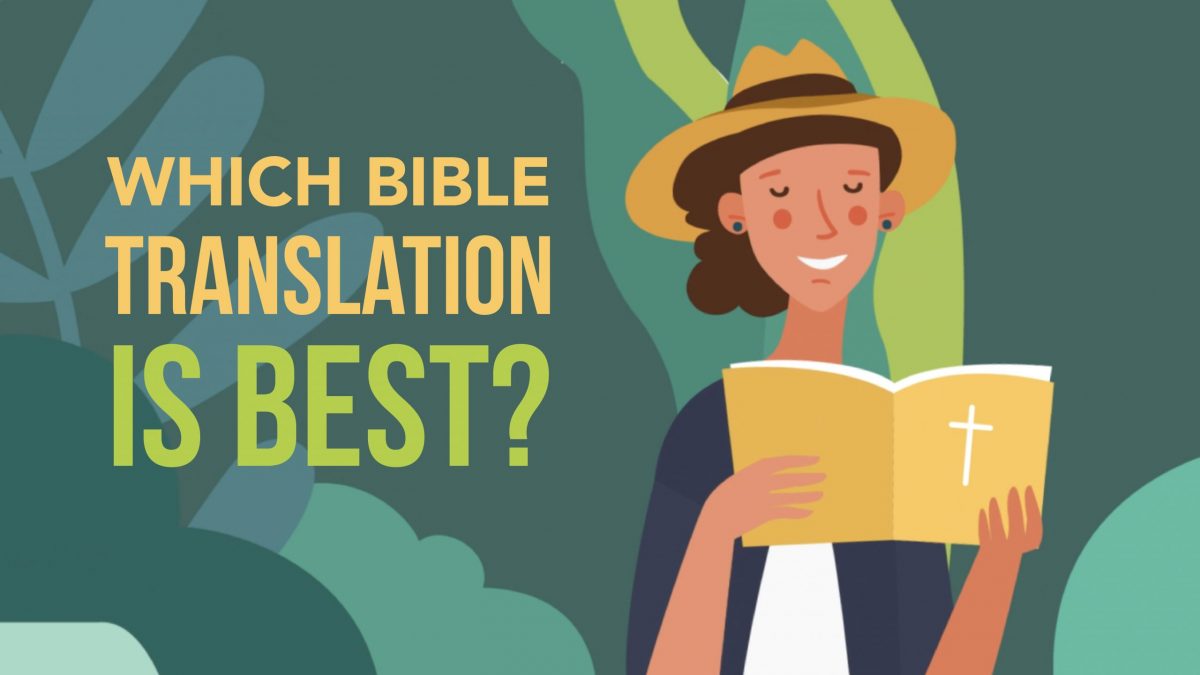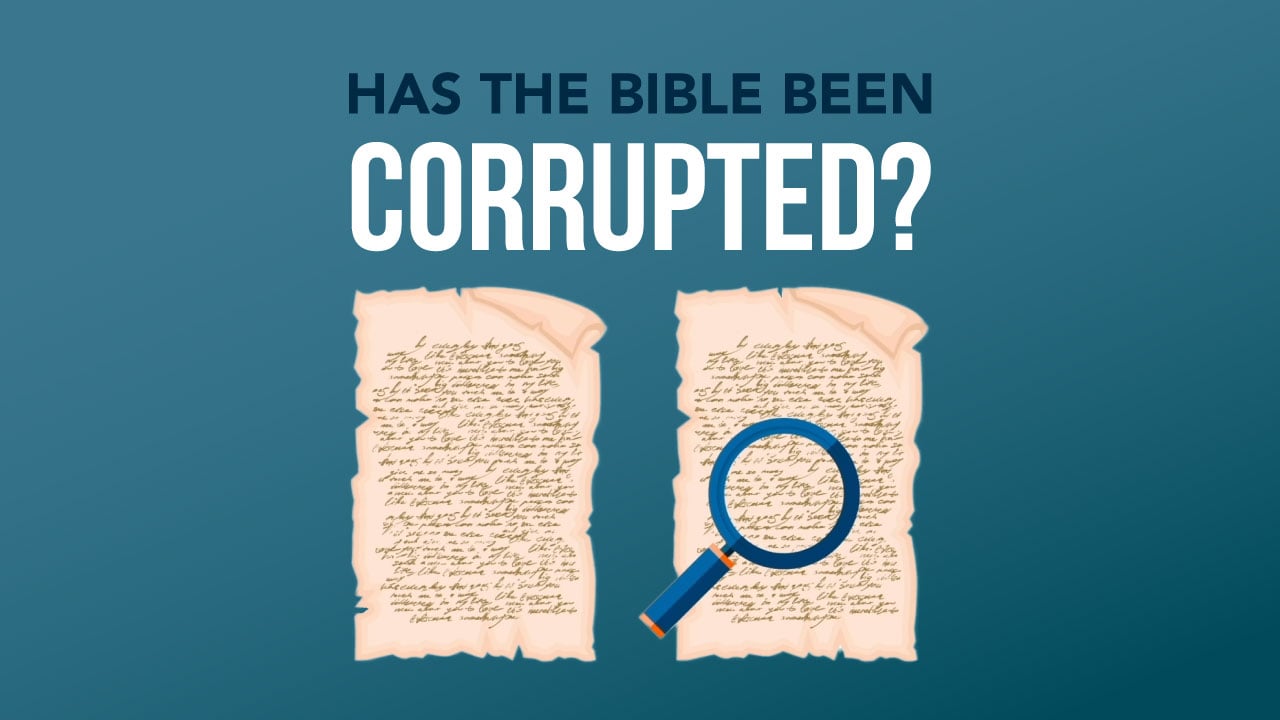You’re in a conversation and someone asks, “Who chose which books should be in the Bible? And what about the books that were left out?”
What would you say?
The Bible is a collection of many different writings that were written at different points in history. So how did we get this particular set of books?
The next time someone asks how the books of the Bible were chosen, here are 3 things to remember:
1. Early faith communities accepted the texts that became the Bible because they understood that God was their ultimate author.
2. The decision to recognize a text as scripture was based upon multiple factors.
3. Books that didn’t measure up were rejected because they didn’t meet the criteria.
Thank you to Dr. Steven Sanchez for his contributions to this video.
You’re in a conversation and someone asks, “Who chose which books should be in the Bible? And what about the books that were left out?" What would you say? The Bible is a collection of many different writings that were written at different points in history. So how did we get this particular set of books? The next time someone asks how the books of the Bible were chosen, here are 3 things to remember: Number 1: Early faith communities accepted the texts that became the Bible because they understood that God was their ultimate author. The books in the Bible weren’t the only religious texts available in ancient times. But faith communities didn’t respect all texts the same way. Some were considered scripture and gathered into the collection we call the Bible, but others were not. When Moses descended from Mt. Sinai he reported what God had told him. His message was God’s word and Israel accepted it as such because they knew God was its author. The recognition that God was the source of scripture became the most important criteria in accepting books into the Bible. Faith communities would go on to establish additional criteria to help them recognize which books they would consider scripture. Eventually, the question was taken up by Church councils. At the Council of Hippo, held in north Africa in AD 393, a group of church leaders recognized a list of books that they believed to be scripture. Later, the Council of Carthage affirmed that decision in AD 397. But did these councils create the Bible? Not quite. The Church had already inherited the Hebrew scriptures, the Old Testament, from Jewish communities by the time of Jesus’ ascension. Early Christians were Jewish and the Hebrew Bible speaks of Christ. By the time Church councils got around to discussing texts for the New Testament, Christian faith communities had already recognized the four gospels and a large majority of the epistles as scripture. The Muratorian Canon, a document written in the second century AD, lists the books that were considered by most to be scripture at that time. The list suggests that most of the New Testament we have today was already regarded as scripture by Christians 100 years before Church councils took up the matter. In addition, the list mentions some books that were rejected by Christians, suggesting that very early on, before church councils got involved, Christians were in the habit of carefully discerning which writings should and should not be part of the Bible. Number 2: The decision to recognize a text as scripture was based upon multiple factors. As faith communities wrestled with accepting various texts, they established a set of criteria upon which to base their decisions. One of these criteria was whether the author was known to be a trustworthy source. Moses delivered the sermons in Deuteronomy. Jeremiah was a well-known prophet. Paul planted many churches. John was a famous apostle. The writings associated with these men came with their credibility. Faith communities were able to authenticate their writings and trusted them. In some cases, the name of the human author of a text has been lost to us. But the original faith communities must have known who the authors were, and they recognized the voice of God in the text because it was a faithful witness to what God had revealed before. For example, we don’t know who wrote the Old Testament books of Ruth or Chronicles, or the New Testament book of Hebrews, but the theology of the books agrees with what was previously revealed. Number 3: Books that didn’t measure up were rejected because they didn’t meet the criteria. One reason some books were not included is that they didn’t measure up to the standard. This is to be expected when we consider that every collection of books is gathered with a standard in mind. The Bible is no different. The Jewish historian Josephus, writing at the end of the first century AD, argued that Jewish communities recognized only a small set of books as scripture. His list includes the 39 books of what would become the Protestant Old Testament; it does not include the books of Tobit, 1-2 Maccabees, Sirach, or Judith to name a few. Some books considered for the New Testament canon, like the Shepherd of Hermas, or the Gospel of Thomas, were excluded because they included doctrine that was inconsistent with what was believed and taught by the apostles. One of these issues, for example, had to do with the nature of Christ. When the Church councils officially rejected these books for the New Testament canon, they weren’t doing so to suppress the other so-called “Christian” options. They were working to ensure that false teaching didn’t corrupt the church. So the next time you’re talking to someone about holy books and someone asks “How were the books of the Bible chosen?”, remember these 3 things: Number 1: Early faith communities accepted the texts that became the Bible because they understood that God was their ultimate author. Number 2: The decision to recognize a text as scripture was based upon multiple factors. Number 3: Books that didn’t measure up were rejected because they didn’t meet the criteria. For What Would You Say, I’m Steven Sanchez.
“In Defense of the Bible: A Comprehensive Apologetic for the Authority of Scripture” edited by Steven B. Cowan and Terry L. Wilder
“Journey from Texts to Translations: The Origin and Development of the Bible” by Paul D. Wegner
“Myths and Mistakes in New Testament Textual Criticism” edited by Peter J. Gurry and Elijah Hixson
“Can We Trust the Gospels?” by Peter J. Williams





